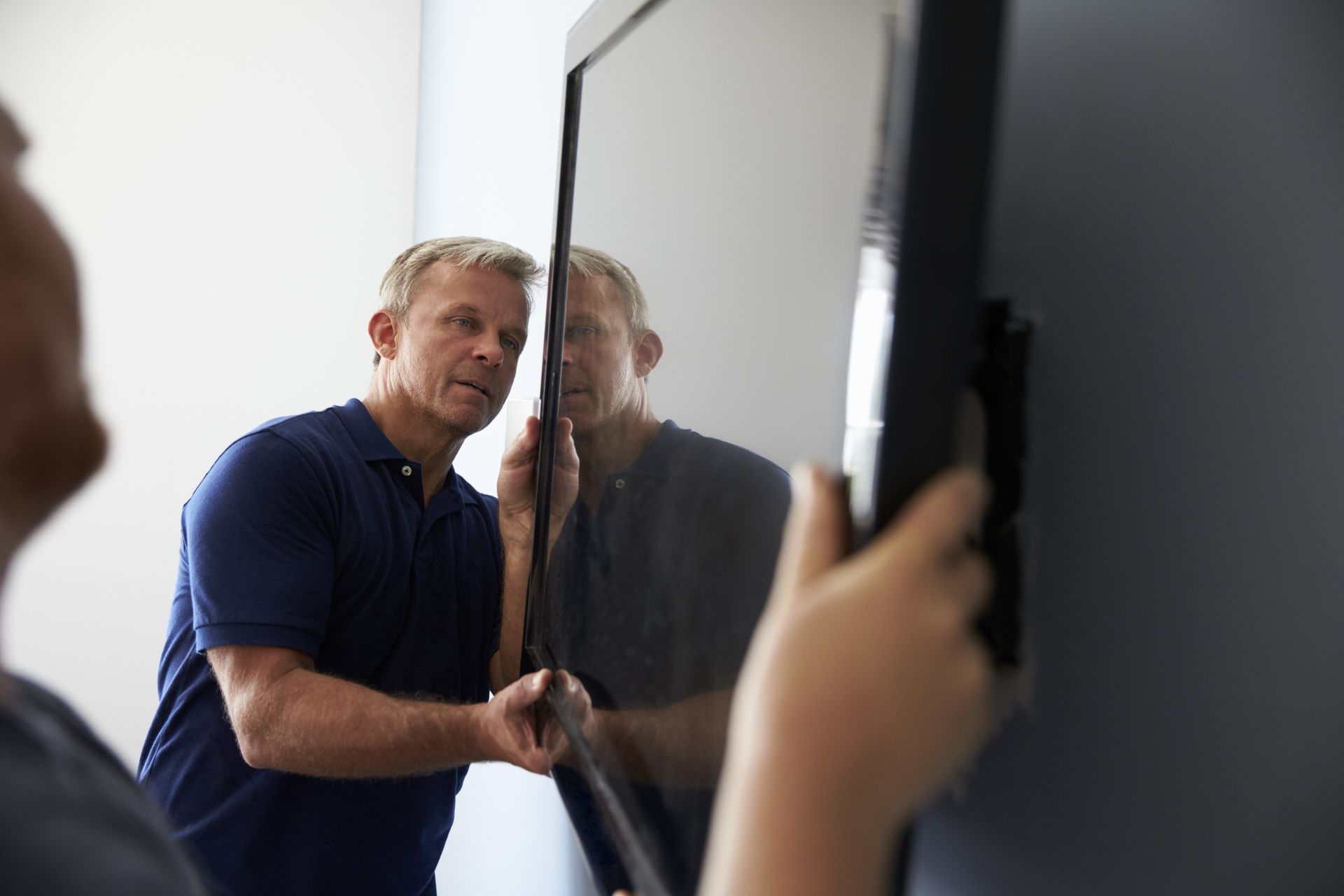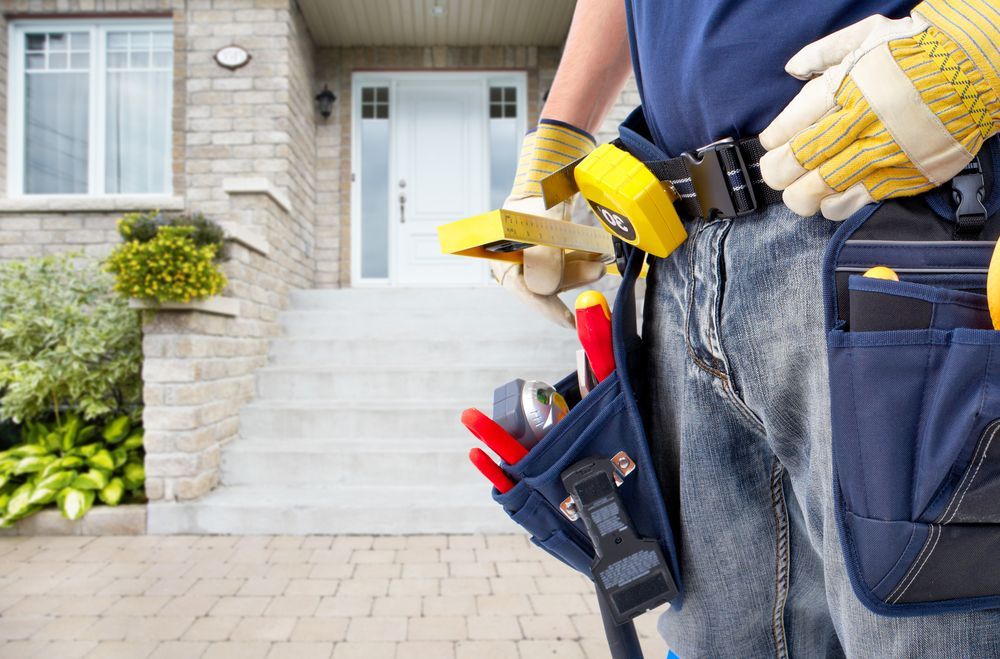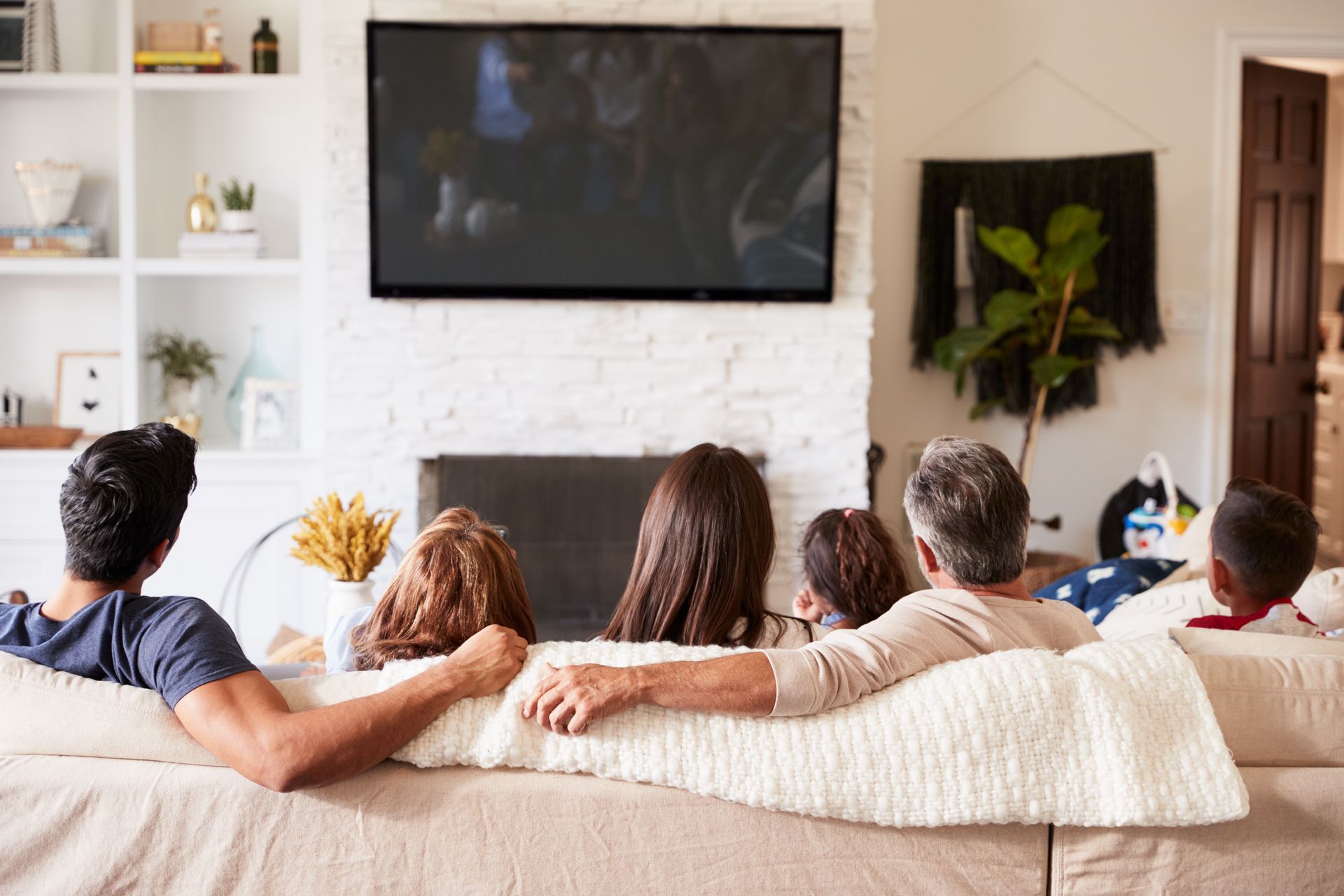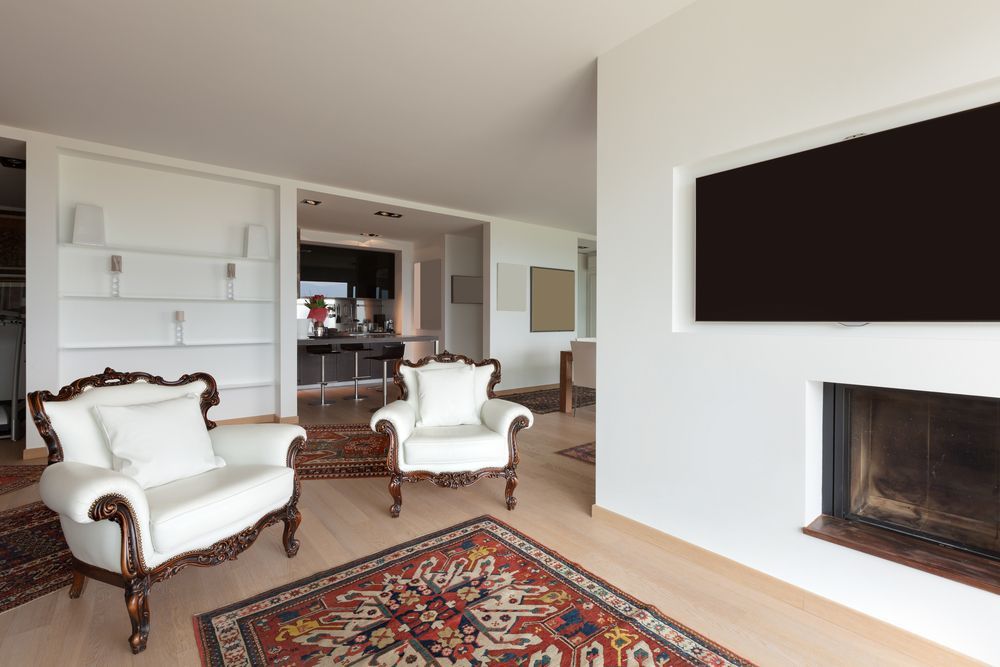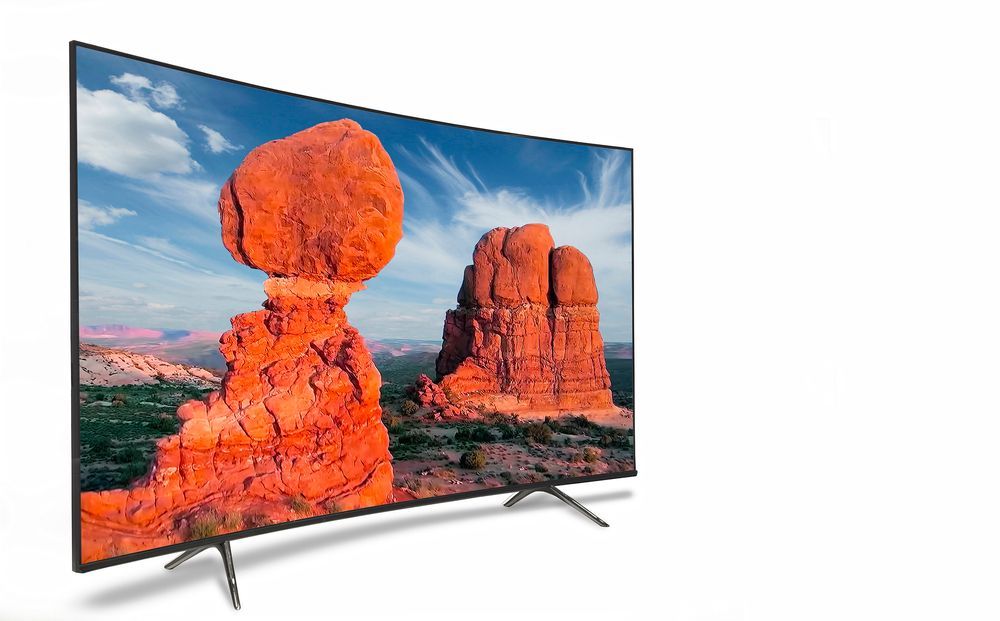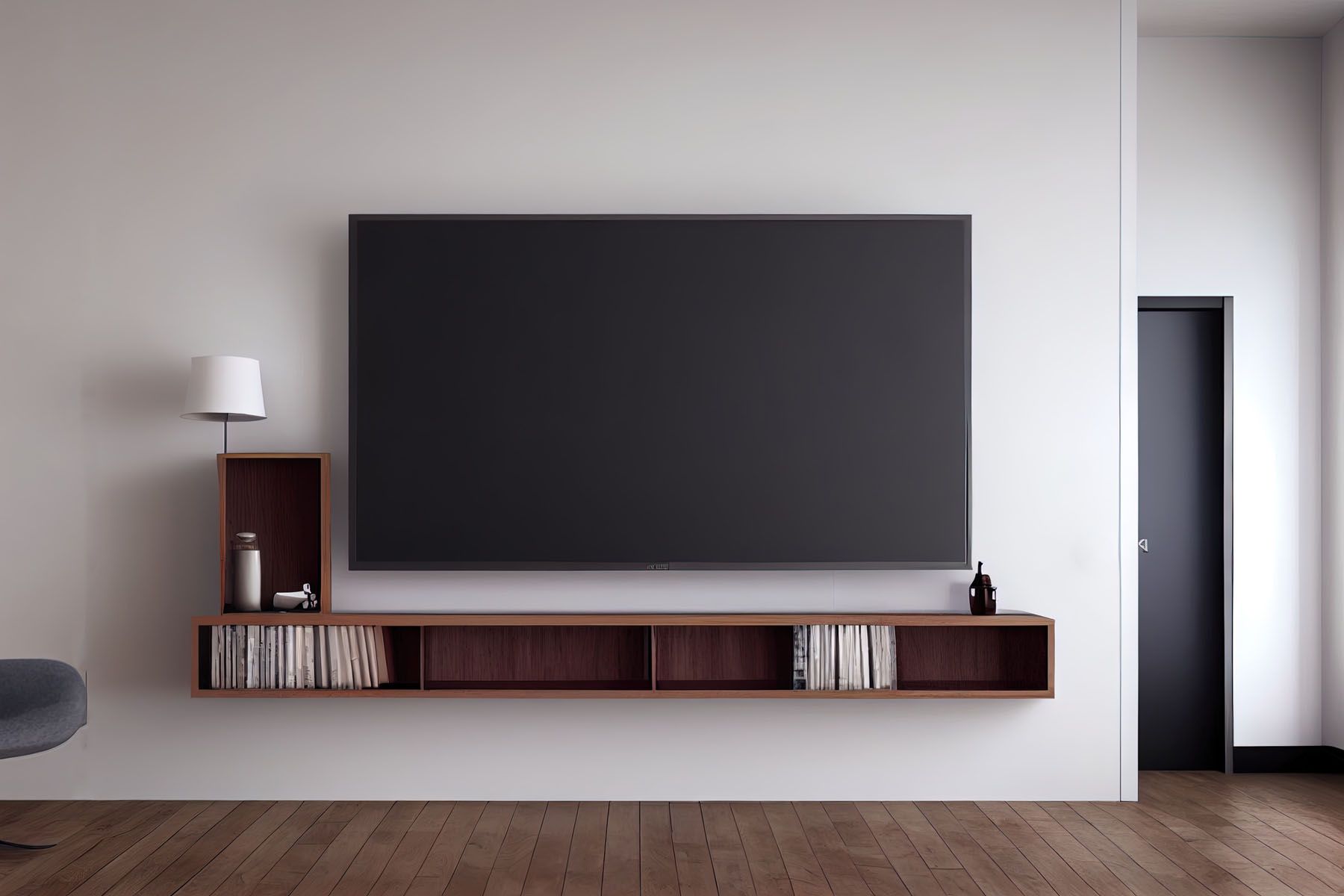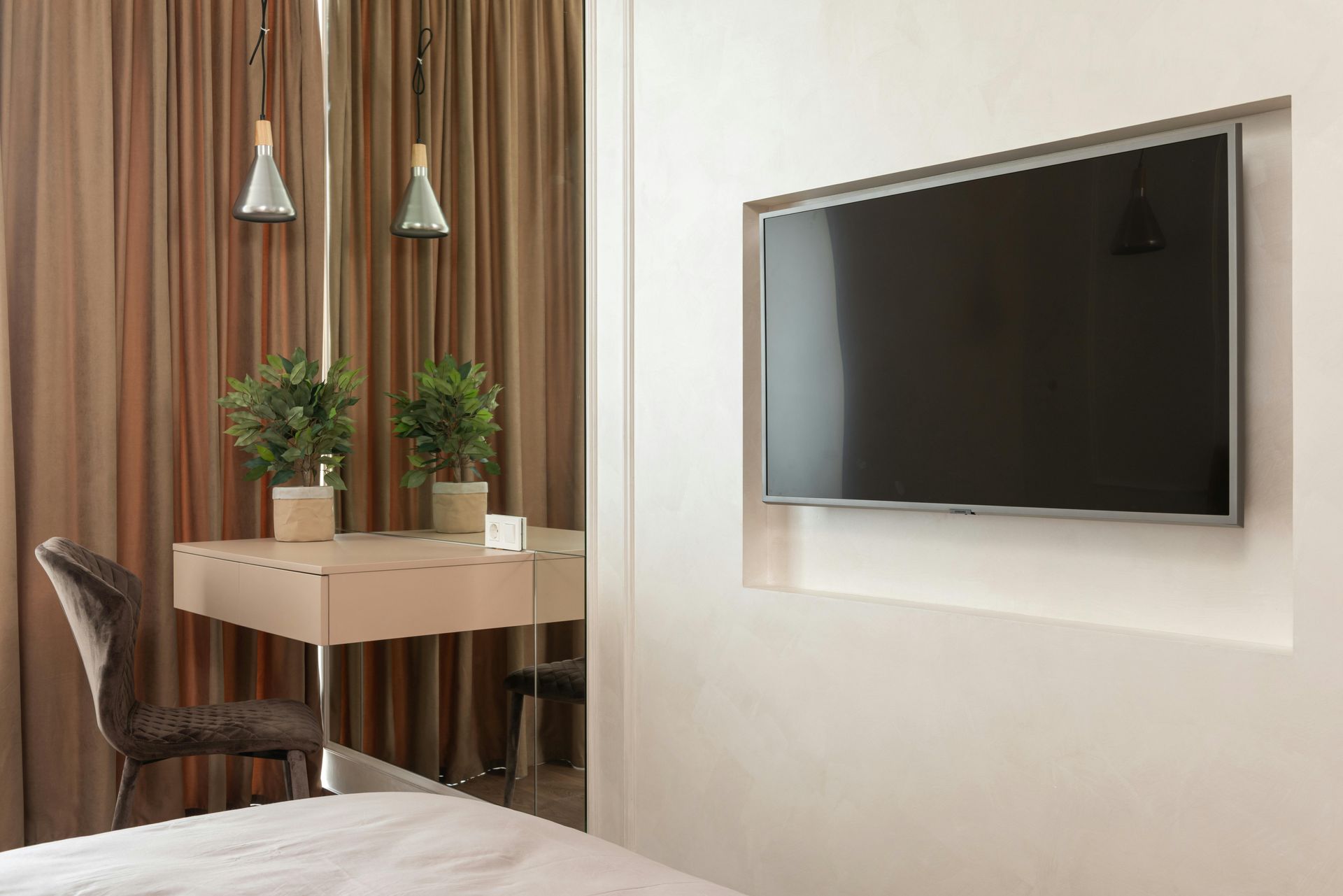The Art of TV Mounting: A Foolproof Guide on How to Install a TV Mount
Why Should You Mount Your TV?
Mounting your TV not only enhances the aesthetics of your living space but also provides a better viewing experience. By elevating your TV to eye level, you can reduce strain on your neck and back, making it more comfortable to enjoy your favorite shows and movies. Additionally, mounting your TV frees up valuable floor space, allowing you to utilize your room more efficiently. Whether you have a small apartment or a spacious home, TV mounting is a practical and stylish solution.
Types of TV Mounts
Before you begin the installation process, it's important to understand the different types of TV mounts available. The most common types include fixed mounts, tilt mounts, and full-motion mounts. Fixed mounts are the simplest option, offering a secure and stationary position for your TV. Tilt mounts allow you to adjust the angle of your TV vertically, providing better visibility from different seating positions. Full-motion mounts, on the other hand, offer the most flexibility, allowing you to tilt, swivel, and extend your TV in any direction. Consider your specific needs and preferences when choosing the right type of TV mount for your space.
Tools and Materials Needed for TV Mounting
To ensure a smooth installation process, gather the necessary tools and materials beforehand. You will need a stud finder, a level, a drill, a screwdriver, a measuring tape, and the TV mount kit itself. Additionally, make sure to have a pencil or marker for marking the wall and a cable management kit if you want to keep your wires organized. Having all the required tools and materials within reach will save you time and frustration during the installation process.
Preparing Your Wall for TV Mounting
Before attaching the TV mount to your wall, it's important to prepare the surface properly. Start by clearing the area and removing any furniture or decorations that might obstruct your work. Next, locate the studs in your wall using a stud finder. Mounting your TV on a stud provides maximum stability and prevents the risk of the mount pulling away from the wall. Mark the positions of the studs with a pencil or marker, ensuring they align with the mounting holes on the TV mount. If your wall doesn't have studs in the desired location, you will need to use wall anchors for additional support. Follow the manufacturer's instructions for installing the anchors securely.
Measuring and Marking the Wall
Accurate measurements and markings are crucial to ensure your TV is mounted at the desired height and position. Start by determining the optimal viewing height for your TV. As a general rule, the center of your TV screen should be at eye level when seated. Use a measuring tape to mark the desired height on the wall, keeping in mind the size of your TV and the type of mount you're using. Double-check your measurements and make any necessary adjustments before proceeding. Once you have marked the height, use a level to draw a horizontal line across the wall. This line will serve as a guide when installing the TV mount.
Installing the TV Mount on the Wall
Now that your wall is prepared, it's time to install the TV mount. Begin by aligning the mount with the marked height and the horizontal line you drew earlier. Use a level to ensure the mount is perfectly straight. Once aligned, mark the positions of the mounting holes on the wall using a pencil or marker. Double-check the alignment and measurements before proceeding to drill pilot holes for the screws. Make sure the drill bit size matches the size of the screws provided with the TV mount kit. After drilling the pilot holes, attach the mount to the wall using the screws provided. Ensure that the mount is securely fastened before moving on to the next step.
Attaching the TV to the Mount
With the TV mount securely installed on the wall, it's time to attach your TV. Before lifting the TV, locate the mounting holes on the back of the TV and remove any protective covers. Enlist the help of a friend or family member to assist you in lifting the TV and aligning it with the mount. Carefully slide the TV onto the mount, ensuring that the mounting holes on the TV align with the corresponding brackets on the mount. Once aligned, use the screws provided in the TV mount kit to secure the TV to the mount. Double-check that the TV is securely attached before releasing it.
Cable Management Tips for a Clean Installation
To achieve a clean and organized look, it's important to manage your cables effectively. Start by gathering all the necessary cables and routing them to the desired locations. Use cable ties or adhesive clips to secure the cables along the back of the TV or the wall. If your TV mount has built-in cable management features, take advantage of them to hide the cables and keep them out of sight. Additionally, consider using a cable management kit to conceal the cables behind the wall for a more seamless appearance. Taking the time to neatly arrange your cables will not only enhance the aesthetics of your setup but also prevent potential tripping hazards.
Adjusting the TV Mount for Optimal Viewing
Once your TV is mounted, take the time to adjust the position and angle for optimal viewing. If you have a tilt or full-motion mount, experiment with different angles to find the most comfortable position. Consider the seating arrangement in your room and adjust the TV accordingly to ensure everyone has a clear view. Use the level to ensure the TV is properly aligned and adjust as needed. Take into account any glare or reflections and reposition the TV if necessary. Spending some time fine-tuning the position of your TV will greatly enhance your viewing experience.
Troubleshooting Common TV Mounting Issues
While TV mounting is generally a straightforward process, you may encounter some common issues along the way. One common problem is the inability to find studs in the desired location. In such cases, wall anchors can provide additional support. Another issue is the TV mount not being level, which can be resolved by adjusting the mount or using shims. If your TV is not securely attached to the mount, double-check the screws and brackets to ensure they are properly tightened. If you encounter any other issues, refer to the manufacturer's instructions or seek professional assistance to avoid causing any damage.
Safety Precautions for TV Mounting
When installing a TV mount, it's essential to prioritize safety. Always follow the manufacturer's instructions carefully and use the recommended tools and materials. Ensure that the TV mount is securely attached to the wall and that the TV is properly secured to the mount. Avoid overloading the mount with excessive weight, as this can lead to instability and potential damage. If you're unsure about any step of the installation process, it's best to seek professional help to ensure a safe and secure installation.
Conclusion
TV mounting is an art that combines functionality and aesthetics to enhance your viewing experience. By following this foolproof guide, you can confidently install a TV mount and enjoy the benefits of an elevated and stylish setup. Remember to gather all the necessary tools and materials, prepare your wall properly, and take accurate measurements before proceeding with the installation. Pay attention to cable management for a clean and organized look, and don't forget to adjust the TV mount for optimal viewing. By prioritizing safety and troubleshooting any issues that arise, you can successfully install a TV mount and create a stunning entertainment space in your home.
